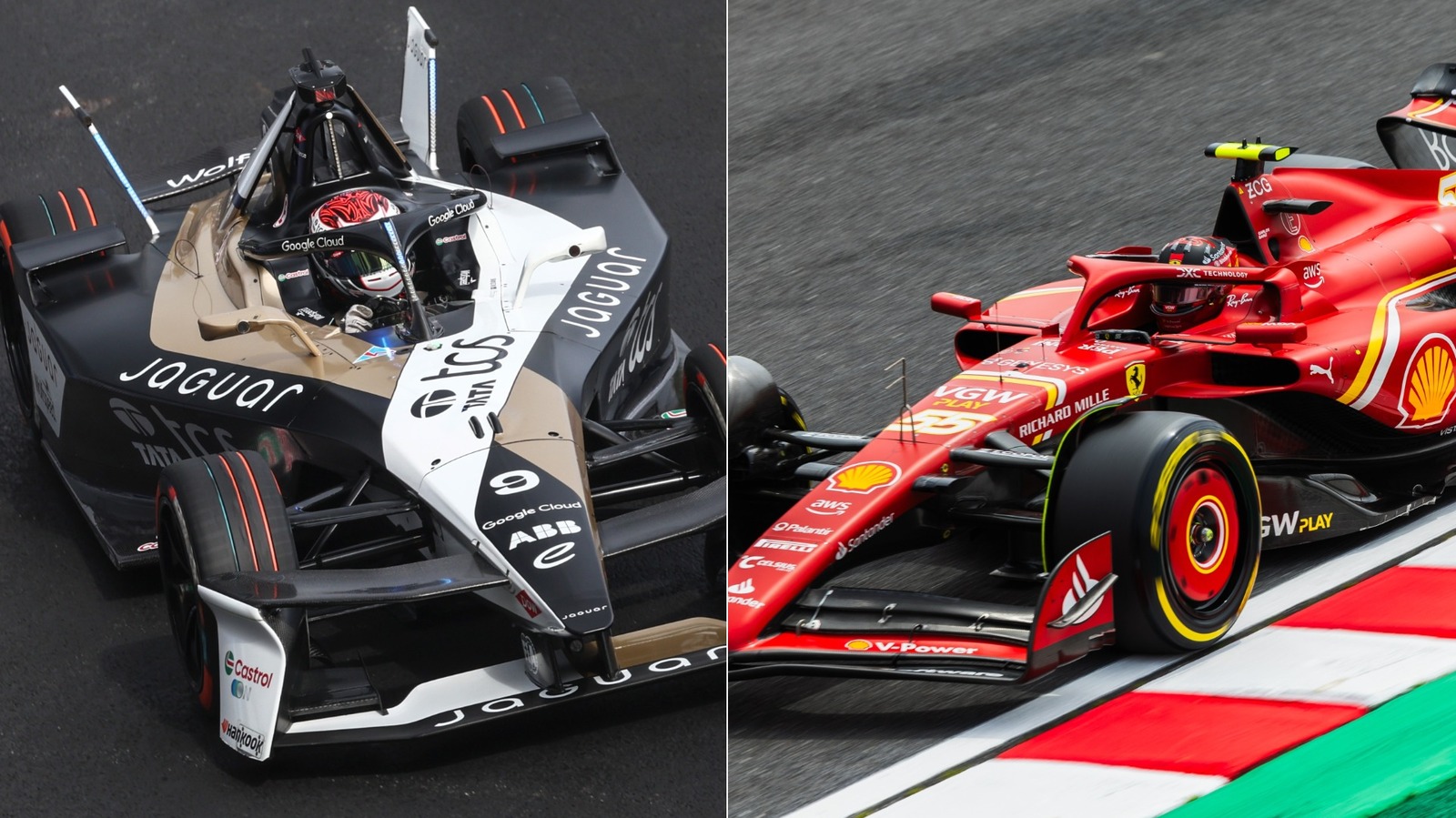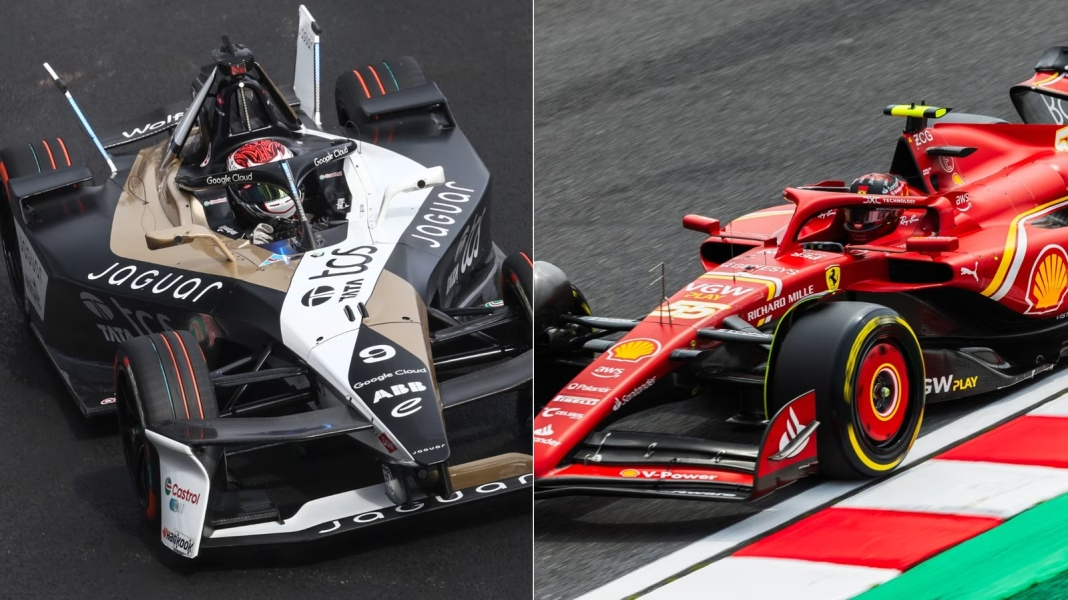Is Formula E Really Catching Up to Formula 1? Let’s Break Down the Claims
When Formula E CEO Jeff Dodds suggested his all-electric racing series is closing the gap to Formula 1, it definitely turned some heads. But is the performance difference between these two motorsport giants actually shrinking, or is this just wishful thinking? Let’s dig into the numbers, the technology, and what’s really happening behind the scenes.
How Do Formula E and Formula 1 Cars Actually Compare on the Track?
At first glance, both Formula E and Formula 1 cars look like futuristic speed machines. But under the hood, the differences are massive. Formula 1 cars, powered by hybrid V6 turbo engines, regularly hit speeds over 220 mph (354 km/h). Formula E’s Gen3 cars, meanwhile, top out around 200 mph (322 km/h) — a big leap from their earlier versions, but still a step behind F1.
Lap times tell a similar story. For example, at the Monaco circuit, a classic venue both series have raced, F1 cars lap the track about 20 seconds faster than their Formula E counterparts. That’s an eternity in racing terms. The raw acceleration and cornering grip of F1 machinery is still in a league of its own.
What’s Fueling the Talk About a Shrinking Performance Gap?
Dodds isn’t just making noise for the sake of it. Formula E’s technology has advanced at a blistering pace. The Gen3 cars are lighter, more powerful, and use regenerative braking to recover energy — a tech leap that’s genuinely impressive. Battery tech is improving, and the series is attracting big manufacturers like Porsche, Jaguar, and Nissan, all eager to push the limits of electric performance.
But here’s the catch: while Formula E is evolving fast, Formula 1 isn’t standing still. F1 teams pour hundreds of millions into R&D every year, constantly eking out more speed from their hybrid power units and aerodynamic wizardry. So, while Formula E is closing the gap in some ways, F1’s relentless development means the finish line keeps moving.
Why Do People Care About the Performance Gap Anyway?
It’s not just about bragging rights. The performance gap matters because it shapes how fans, sponsors, and manufacturers view each series. Formula 1 has long been the gold standard for speed and engineering. Formula E, on the other hand, is carving out a niche as the world’s premier electric racing championship — and as a testbed for the kind of tech that’ll end up in your next EV.
There’s also the question of spectacle. F1’s high-speed drama draws huge global audiences, while Formula E’s city-center races and focus on sustainability appeal to a different crowd. The two series aren’t just racing each other — they’re racing for relevance in a changing world.
Are There Tracks Where Formula E Could Actually Outshine F1?
Here’s where things get interesting. Formula E races on tight, twisty street circuits where outright top speed isn’t everything. On these tracks, agility, energy management, and driver skill come to the fore. In these conditions, the performance gap feels a lot smaller. Some fans even argue that Formula E’s close racing and unpredictable outcomes make for better entertainment than F1’s processional grands prix.
Still, if you put both cars on a traditional F1 circuit, the difference is clear. F1’s combination of power, downforce, and tire technology is still unmatched.
What’s Next for Formula E’s Quest to Catch Up?
Formula E isn’t backing down. The series is already talking about Gen4 cars, which promise even more power, lighter batteries, and faster charging. There’s also talk of longer races and more open technical regulations, which could spur even faster progress.
Meanwhile, Formula 1 is eyeing its own electric future. While a full switch to electric is still years away, F1’s push for sustainable fuels and even more efficient hybrids shows it’s not ignoring the winds of change.
So, Is Formula E Really Closing in on Formula 1?
The honest answer: not quite yet. Formula E has made huge strides, and its progress is nothing short of remarkable. But in terms of pure speed and lap times, F1 still holds a comfortable lead. That said, Formula E’s rapid innovation and unique approach are forcing everyone — including F1 — to rethink what the future of racing looks like.
The big takeaway? The battle between Formula E and Formula 1 isn’t about perfection—it’s about smarter adjustments. Start with one change this week, and you’ll likely spot the difference by month’s end. Whether you’re a die-hard fan or just curious about the future of motorsport, keep an eye on both series. The real race is just getting started.


